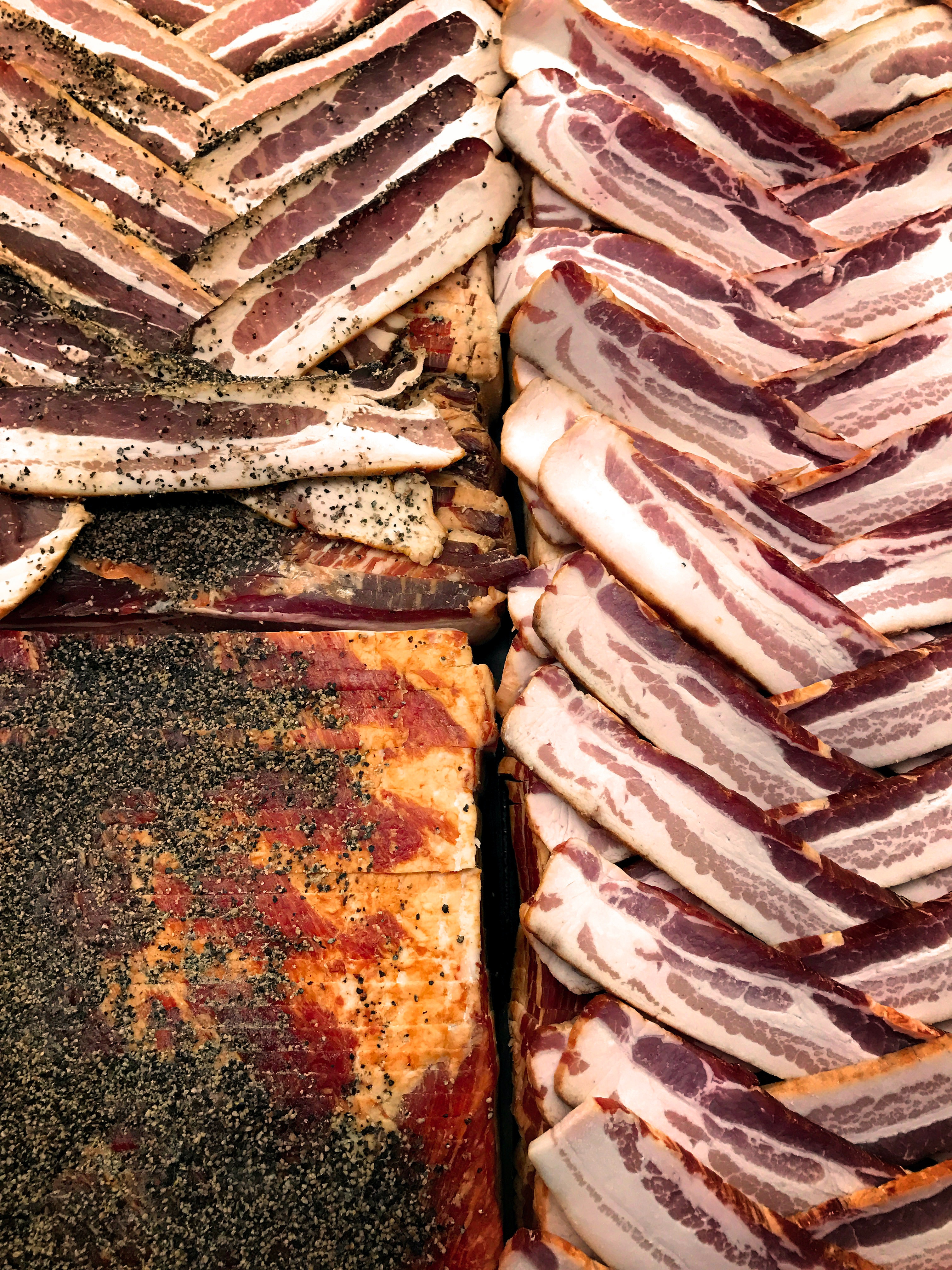5 Key Trends in the Meat Department
Above all else, consumers in 2024 are dealing with the prolonged impact of inflation. The average increase in CPG prices in 2023 reached +8%.2 But, the Meat Department only saw a 3% increase, leaving some room for brands to grow by pursuing other viable trends.2 Thankfully, consumers aren’t only motivated by the pressures of inflation. They have many other needs and demands that brands can leverage to grow.
With that in mind, here are 5 key trends in Meat to keep an eye on:
1. Flagging Demand for Plant-based Meats
In 2023, 15.5 million Americans were following a Vegetarian lifestyle, with around 2 million of those following a purely vegan lifestyle.3 For a time, this growing trend was shifting grocery sales in many departments, including meat. This increased demand for plant-based meat was also driven by a number of other factors, including growing concerns about animal welfare, the environment, and personal health.
However, the pressures of inflation tied with shifting prices and sales volume have caused the alternative meat market to hit a snag. By the end of 2023, alternative meats saw a 7.8% decline in sales YoY.1 Retailers are responding to this trend by limiting their offerings of plant-based meats and focusing more on their core meat products. As the year goes on, this shift will need to be evaluated by brands operating in the space, and they may need to refine their product assortment and meet the needs of this changing market.
2. The Growth of Value and Private Label
Though inflation has mostly been tamed, increased prices are still an issue for many consumers. This means they are seeking savings in their shopping, and meat is no exception. In 2023, value retailers made up a 26.3% dollar share of the meat market, up 5% over the previous year.4 Private label offerings saw similar gains, making up 24% dollar share, up 3% YoY.4 Meat brands are facing a challenging market with more competition competing for limited dollars.
To compete, many meat brands are leaning into promotional offers to drive demand and volume. Last year, 33.9% of meat sales were made on promotion, up 4% over the previous year.5 But, focusing solely on promotions isn’t necessarily the best move. Optimizing both your pricing and promotion strategies will be key to competing going forward.

Consumer Outlook 2024
6 consumer sentiment-driven strategies to power growth and capture spending
Consumers have been tested in more ways than one over the past year—and beyond. Pockets of growth have emerged as consumers pivot spending behaviors to survive and thrive. Dive into a high-level view of this year’s global report.
3. Growing Interest in Ethnic Meat
The United States is becoming more diverse, and this is reflected in the growing demand for ethnic meats. Consumers are now more likely to purchase meats from different cultures, such as lamb from the Middle East or pork from Asia. For example, sales of chorizo are up 11% over last year and up 55.9% in online sales.1
Retailers and brands are responding to this trend by expanding their meat offerings. This may be through the creation of entirely new product lines or adapting existing ones. The key is to understand your target market on a regional or retailer level and intelligently focus your efforts on the areas where the most opportunity is. This means you need to have a strong understanding of the market and rely on accurate data before acting.
4. Convenience is King
Another growing trend among consumers is that they are looking for ways to save time and make meal prep easier. This is leading to increased demand for pre-cut meats and pre-marinated meats. These offerings are also valuable for special events, which can be seen in the strong growth of meat party platters, which are up 24.1% over last year.1
Retailers are responding to this trend by offering a wider variety of pre-prepared meats. These may be private label offerings through the retailer themselves or branded products. By aligning with shifting consumer behaviors and offering more convenient solutions, meat brands have the opportunity to build a strong foundation for 2024 and beyond.
5. Personalization Is on the Rise
Though often thought of as relating only to CPG goods, consumers are increasingly looking for ways to personalize their food. This is leading to a few changes to the Meat department. First, there has been a renewed growth of in-store butcher shops, where customers can have their meat cut to their specifications.
Retailers are also offering online ordering and delivery services, which allow customers to customize their meat orders. With 86% of US CPG dollar sales represented by “omnichannel shoppers,” enhancing in-store and online shopping is vital.6 Moreover, by leveraging customer data through personalized product pages or marketing can improve customer satisfaction, foster loyalty, and increase sales, ultimately offsetting the impact of inflation.
How to Leverage Meat Department Trends
The meat department is facing major changes, and retailers and brands need to adapt in order to remain relevant and successful. This means understanding how consumers are shifting their focus regarding health and wellness, sustainability, convenience, and inflation are key. By following these trends, they can ensure that their meat products remain relevant and appealing to consumers in the years to come.
In addition to these trends, CPG brands should also be flexible, creative, and responsive to customer feedback. Understanding the shifts across the Grocery and Perishables markets can help you make more informed decisions and be strategic in your planning. By being willing to adapt to change and meet the needs of their customers, CPG brands can stay ahead of the curve and continue to succeed in the meat department.

Have “Beef” with Your Growth?
NIQ is here to help! The meat department is going through some big changes, but if you don’t have the right data and insights, you’re likely to fall behind. NIQ offers a range of solutions and expert insights to support brands of all sizes.
Emerging brands can start their journey with a free Byzzer™ subscription, NIQ’s platform built for emerging brands and their budgets. Free access gets you 3 free reports and a weekly alert to get you started with data. Byzzer™ provides breakdowns of a wide range of attributes and markets in easy-to-digest reports.
Best of all, we’ll show you how to leverage this information for your action plan. It’s never too early to start acting on data.
Interested in more valuable insights like these?
Sources:
1 NIQ Total U.S. Omnisales Latest 52 Weeks Period Ending Dec. 30, 2023
2 NIQ Total U.S. xAOC, 52 Weeks Ending December 30, 2023
3 NIQ Brandbank Report – The plant-based revolution: from niche to the future
4 NIQ, Total US xAOC, – Value Retailers (Mass, Club, Discount, Dollar) Q4’23: 13 weeks ending December 30, 2023
5 NIQ, Total US xAOC, – Promotional Dollar Sales Q4’23: 13 weeks ending December 30, 2023
6 NIQ Report – From blind spots to breakthroughs



